Are there wild ferrets?
Can you name some of them?
Ferrets might look like a specific pet, but in the wild, there are many animals that could be considered as wild ferret versions. Let’s take a look at them and see how similar they really are. Keep in mind that those are wild animals and you can’t keep them in your home as pets. They belong in the wilderness.
TABLE OF CONTENTS
Ferrets Are Part Of Mustelid Family
Ferrets belong to the Mustelid family, which is a rather big group of animals. Members of the Mustelid family are carnivorous mammals you can recognize by their elongated bodies and short legs, much like our ferrets. They are beasts that can catch prey much bigger than themselves so I strongly recommend you not to underestimate them when you see them in the wild.
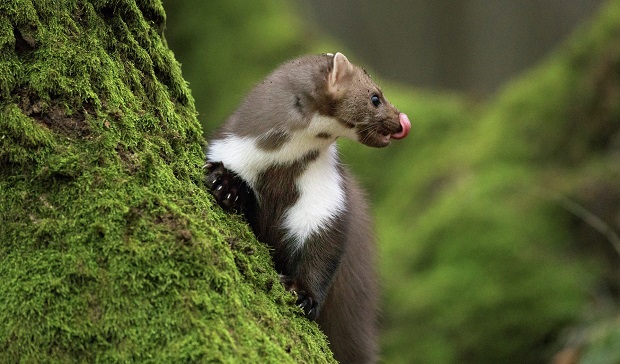
What Are Some Of The Wild Ferret Cousins?
Let’s see what are some of the most interesting ferret cousins and where can we see them in the wild.
Black-Footed Ferret
The black-footed ferret is one of the most famous ferret-like animals, which is unfortunately endangered. They are native to central North America and they actually don’t share that much genetic material as our pet ferrets. When it comes to physical appearance, they are pretty similar when you look at the body structure. Both animals have elongated bodies with short legs and round heads. But, the fur color is different.
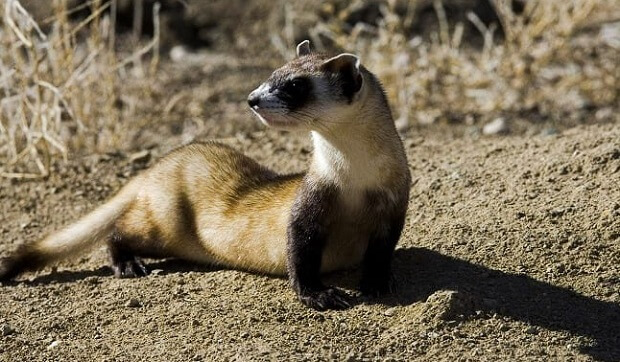
Black-footed ferrets have cream-white fur with dark brown legs, the tip of the tail, and a mask around their eyes. Their back is brown and that color combination gives them a great opportunity to blend in with their surroundings better. Just like our ferrets, they are carnivorous although their main source of nutrients is the prairie dog, although they will eat rodents too. You can read more about them and their population in my post about black-footed ferrets.
Arctic White Ferret – Stoat
There is no such thing as an arctic ferret, but there is a stoat, also known as ermine. Stoats are often confused with white ferrets because of their fur. The fur changes its color in winter to a complete white with a black tip on the tail and occasional black markings on the face. That way they can easily blend in the snowy surroundings and catch their prey.
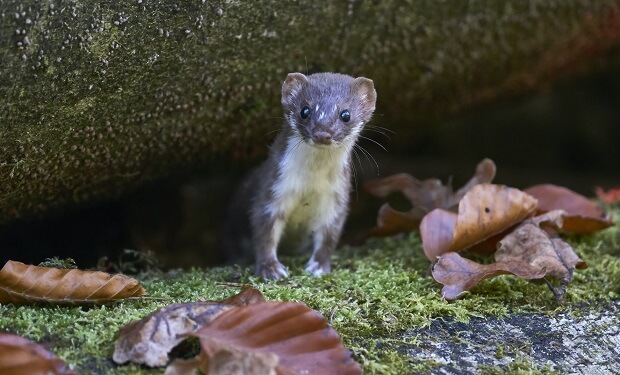
The summer coat is sandy-brown with a white part under the chin all the way down to the tail. You can find stoats in the wild in the north part of North America and Euroasia. Although they are one of the smallest mustelids, they are vicious and they can easily catch a wild rabbit that is a few times bigger than them. Besides that, they eat rodents, birds, fish, even amphibians so they aren’t that picky.
Japanese Ferret
Again, there is no such thing as a Japanese ferret in the wild, but they do have Japanese weasels which is a pretty close term. As the name says, you can find it in Japan. Their diet consists of mice, frogs, insects, and reptiles. Japanese weasel looks a lot like other mustelids with its elongated body and short legs.
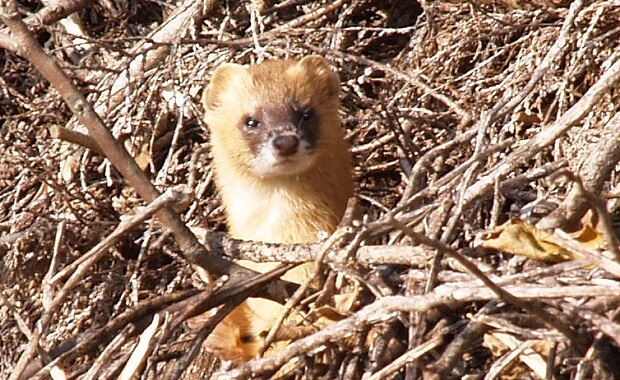 Photo Source: Natural Japan
Photo Source: Natural Japan
But, unlike others, its fur is almost in the same color, a warm brown almost orange. It can have a slightly lighter color under the chin. It also comes with a small dark brown mask around the eyes and the nose. Similar markings have a Siberian weasel, but you can distinguish one from the other by the length of the tail. The Siberian weasel has a much longer tail.
Marten Ferret
Marten is a beautiful animal from the Mustelidae family, but it is not a marten ferret. It looks like a ferret thanks to its long body and short legs, but it is called simply: marten. Martens live in forests all around Northern Hemisphere so it is hard to pinpoint their exact location. There are many marten subspecies, but the most famous one is the European pine marten.
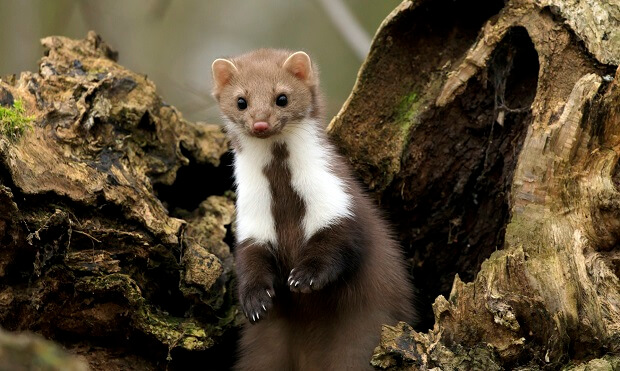
It has dark brown fur with light brown to orange patch on the chest called a bib. The fur color changes with seasons, meaning it is lighter and shorter during summer, longer and darker during winter. Besides the European pine marten, there are also Yellow-throated marten, Beech marten, Japanese marten, sable, and Nilgiri marten.
Polecat – European Ferret
Eu ferrets are the closest cousins to our pet ferrets, you can even say they are their ancestors. Ferrets were domesticated over 2,500 years ago and they came from European polecats. Polecats are very similar to ferrets by their size, appearance, and genetic material and you can find them all over Europe, hence the name.
 Photo Source: Earlham Institute
Photo Source: Earlham Institute
You can even breed polecats and ferrets to get hybrids, but keep in mind that polecats are wild animals, so are their offsprings. They are not for inexperienced owners because they are not that easy to control. You can read more about ferret and polecat kits in my post about ferret polecat hybrids.
Mink
Mink is another pretty interesting wild ferret version. It is bigger than our ferrets, it has different markings, but the body is similar – long with short legs. Unlike ferrets, minks are solitary animals so they come together only during the breeding season. Minks are famous for their beautiful fur and that is why, unfortunately, there are many fur farms filled with minks.
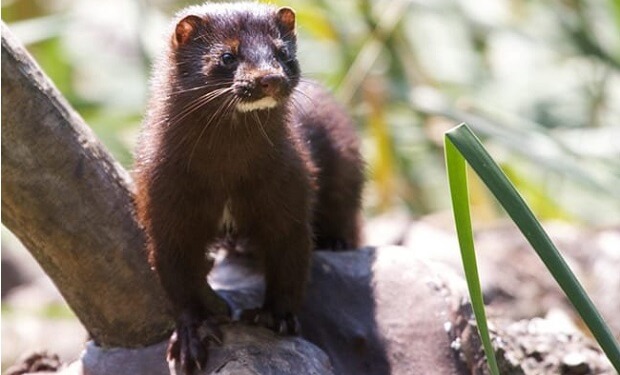 Photo Source: Animals Network
Photo Source: Animals Network
From farms, minks can come in lighter colors, but minks in nature are only in brown. There are people who rescued minks from those farms and had them as pets, but that is not something I would recommend because minks are wild animals, they aren’t domesticated like ferrets.
Conclusion
It is very interesting to see wild ferret animals and how much they are alike to our domesticated version. But, we have to remember that they are wild animals and we can’t handle them as easily as we would do with our pets. Wild animals belong in nature so it is best to keep them there so they can enjoy their life as they deserve. For more ferret-related news subscribe to the Friendly Ferret newsletter!

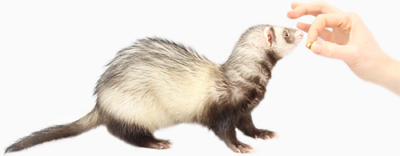
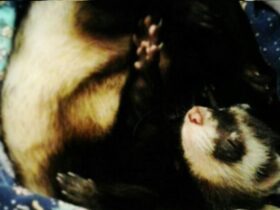

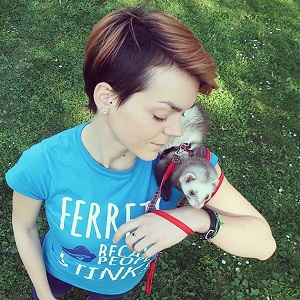

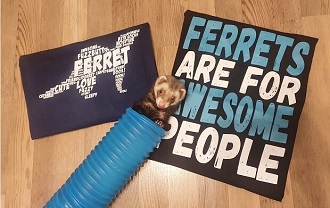


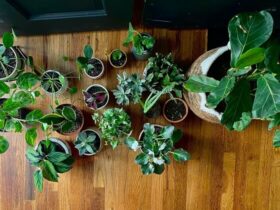

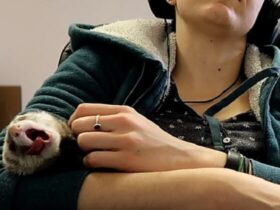
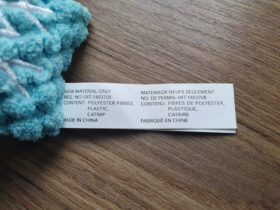
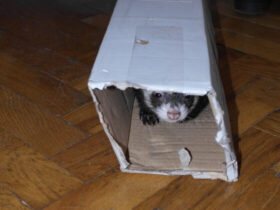

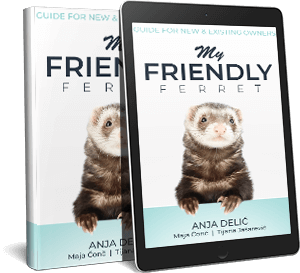

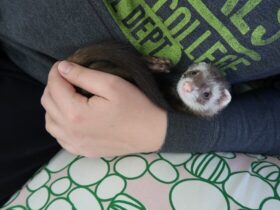

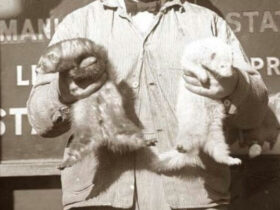
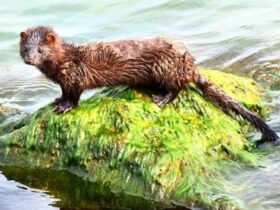
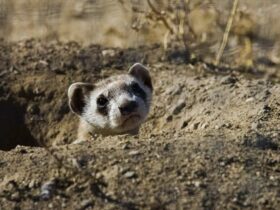
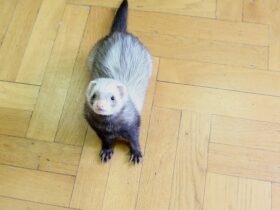
Leave a Reply